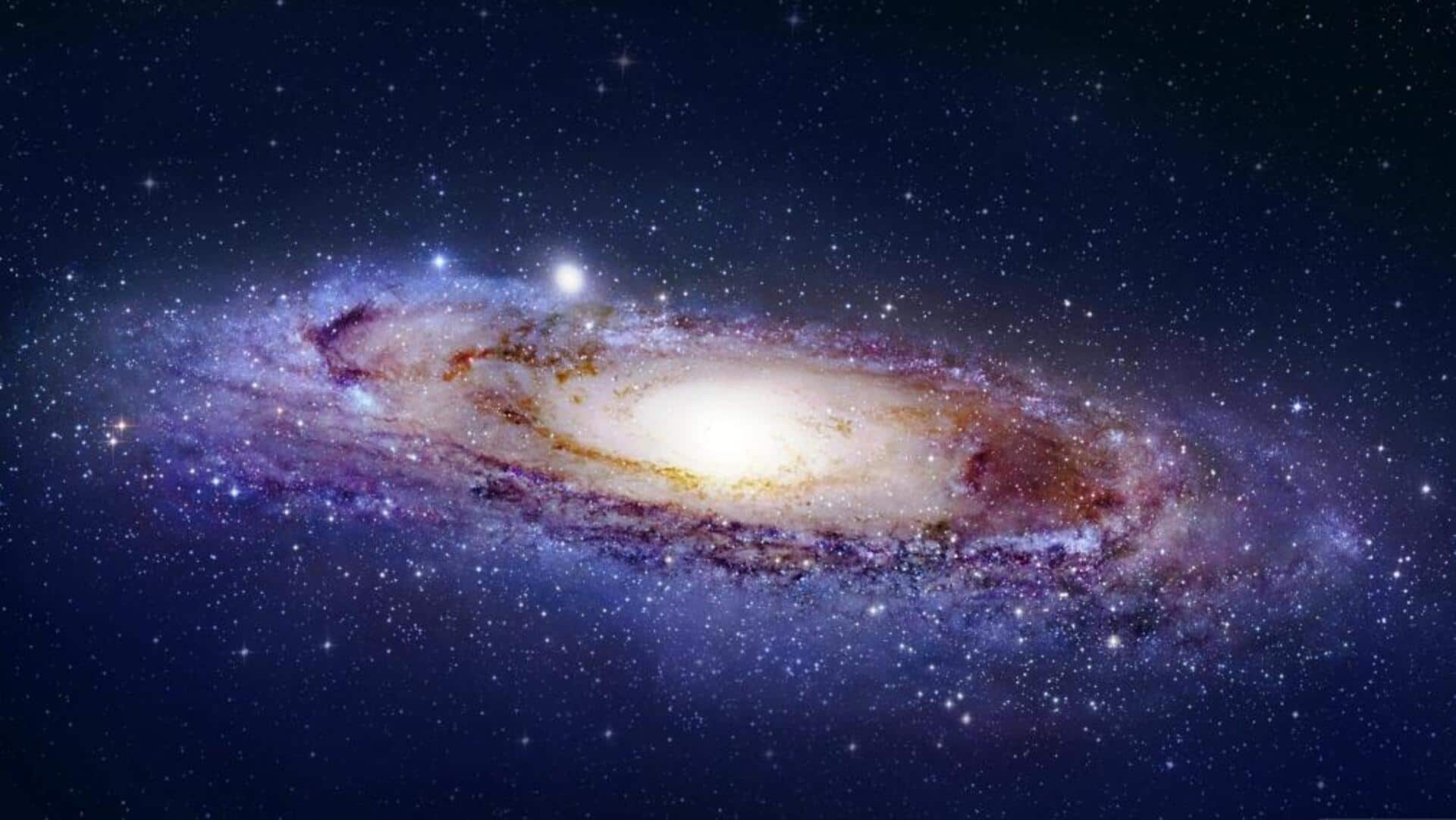
4 ancient star clusters identified in the Milky Way
What's the story
A recent study published in Astronomy & Astrophysics journal has discovered four new primordial open cluster (OC) groups in the Milky Way. Open clusters are loose groups of stars that are born from the same giant molecular cloud (GMC). They are usually thought to form independently, but these newly found OC groups contain multiple member clusters from the same GMC, formed through sequential star formation processes.
Formation mechanism
Supernovae likely triggered formation of new star groups
The two OC groups, G1 and G2, are thought to have formed through a hierarchical process triggered by multiple supernova (SN) explosions. Researchers from the Xinjiang Astronomical Observatory (XAO) and other institutions utilized high-precision data from the Gaia satellite to identify these OC groups. They studied correlations in 3D positions, velocities, and ages of stars in these clusters to understand their formation history.
Morphological features
G1 and G2 exhibit unique morphologies
The G1 and G2 OC groups display unique ring-like and arc-like shapes, hinting at external compression events. The researchers used a triggered star formation model to make spatial correlation maps between cluster age and distance from potential SN explosion sites. This analysis revealed a clear age-distance correlation, indicating that multiple SN explosions over a short period might have sequentially triggered the formation of these two clusters.
Evidence
Pulsar analysis supports supernova-triggered star formation
To further confirm their theory, the researchers conducted trajectory traceback analyzes of 607 pulsars, which are the remnants of SN explosions. Several candidates were found to have birthplaces that match the predicted explosion region. This spatial deal, along with observed cluster age gradients and SN remnant locations, supports a feedback-driven and hierarchical formation of OC groups.
Insights
Study sheds light on cosmic evolution and star formation
The study emphasizes the crucial role of feedback processes like SN explosions in shaping large-scale star formation, and the dynamical evolution of star clusters in galactic environments. It also provides new insights into tracing feedback imprints in the galactic structure. The research offers a framework for connecting star formation, stellar evolution, as well as feedback processes across different scales, enhancing our understanding of cosmic evolution.